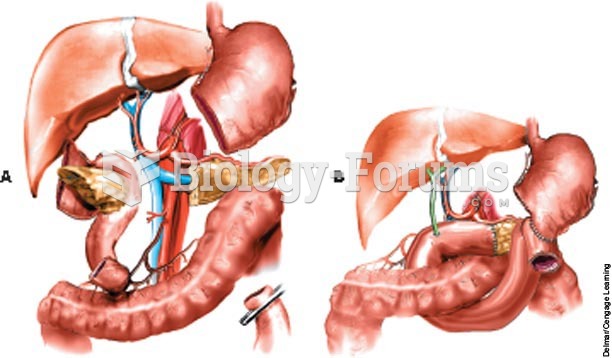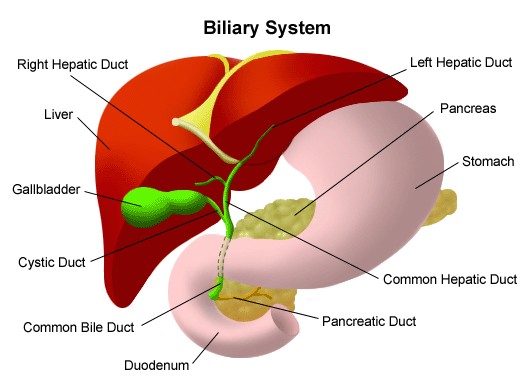|
|
|
The modern decimal position system was the invention of the Hindus (around 800 AD), involving the placing of numerals to indicate their value (units, tens, hundreds, and so on).
Most childhood vaccines are 90–99% effective in preventing disease. Side effects are rarely serious.
Certain chemicals, after ingestion, can be converted by the body into cyanide. Most of these chemicals have been removed from the market, but some old nail polish remover, solvents, and plastics manufacturing solutions can contain these substances.
Increased intake of vitamin D has been shown to reduce fractures up to 25% in older people.
Multiple sclerosis is a condition wherein the body's nervous system is weakened by an autoimmune reaction that attacks the myelin sheaths of neurons.
 A coronary artery bypass graft (CABG) is a procedure to bypass a blocked coronary artery. The proced
A coronary artery bypass graft (CABG) is a procedure to bypass a blocked coronary artery. The proced
 Obstetrical sonography and fetometry. (a) The procedure is performed in a clinical setting. The inst
Obstetrical sonography and fetometry. (a) The procedure is performed in a clinical setting. The inst





